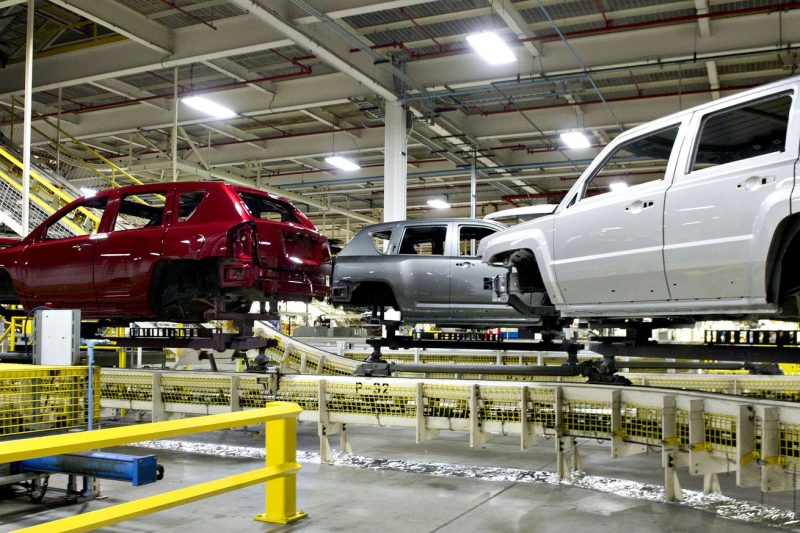
From Rust Belt to Electric Future: Biden’s $1.7 Billion Program transforms Shuttered Auto Plants into EV Factories
The automotive industry is poised to undergo a profound transformation as shuttered auto plants are set to be revitalized into electric vehicle (EV) factories thanks to a $1.7 billion program initiated by President Biden’s administration. This ambitious push towards sustainable transportation marks a significant step forward in the transition to cleaner, more efficient vehicles that will help combat climate change and reduce greenhouse gas emissions.
One key aspect of this initiative is the repurposing of existing auto plants that have been closed down due to shifting market demands and economic challenges. By converting these facilities into EV factories, the production capacity for electric vehicles will be significantly increased, paving the way for a future where EVs become more accessible and mainstream.
The decision to focus on EV manufacturing is strategic, as the demand for electric vehicles continues to rise globally. With more countries setting ambitious targets to phase out internal combustion engine vehicles in favor of EVs, there is a growing need for expanded production capabilities to meet this increasing demand. By repurposing idle auto plants, the Biden administration is not only creating new job opportunities in the green energy sector but also positioning the United States as a leader in the electric vehicle market.
Furthermore, the $1.7 billion program will provide critical funding and support to retool and upgrade these auto plants for EV production. This investment is crucial for facilitating the transition from traditional manufacturing processes to those tailored for electric vehicles, which require specialized components and technologies. By modernizing these facilities, the United States can enhance its competitiveness in the global EV market and ensure a smoother transition towards a more sustainable automotive industry.
In addition to boosting EV production capacity, the program is also expected to drive innovation and research in the electric vehicle sector. By supporting the development of new technologies and improving manufacturing processes, these reimagined auto plants have the potential to pave the way for advanced EV models with enhanced performance and sustainability features. This, in turn, could accelerate the adoption of electric vehicles among consumers and contribute to a greener transportation ecosystem.
In conclusion, the decision to repurpose shuttered auto plants into EV factories through a $1.7 billion program reflects a forward-thinking approach to revitalize the automotive industry and promote sustainable transportation solutions. By leveraging existing infrastructure and investing in the future of electric vehicles, the United States is taking significant strides towards achieving its climate goals and securing a leadership position in the evolving global automotive market.
